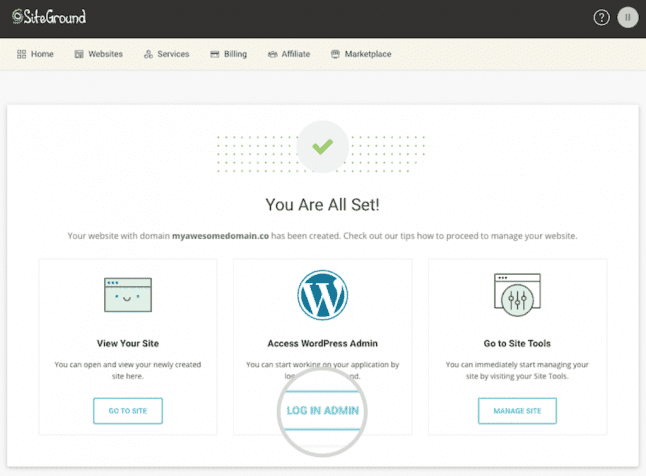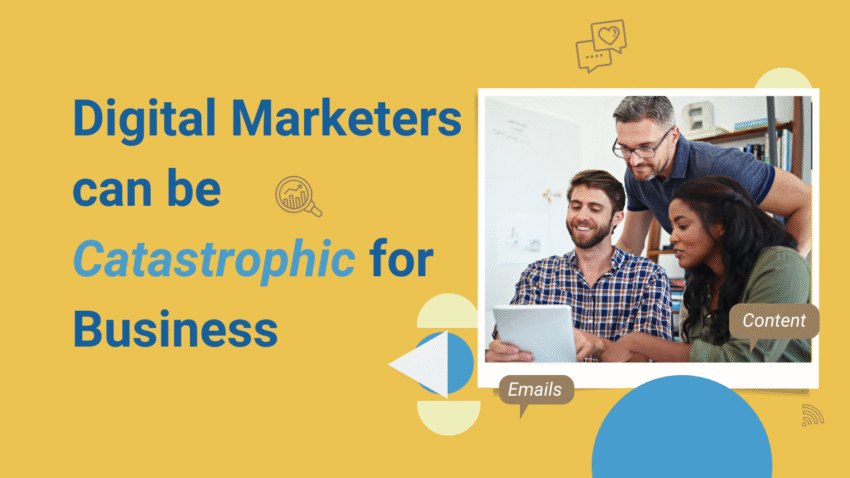- Beginners with a purpose take time to learn all about how to blog, what platform to use, how long to make posts and start with one.
- Novices blog on a theme, with different topics they believe their audience might like. It’s still fun for them.
- Pros research the topics their audience is already asking for on Google, use keyword research tools, and have a regular posting schedule, such as weekly or fortnightly. They make nice imagery, which helps their blog look beautiful. And they might add a different style to mix things up, like a recipe card or how-to panel.
What do you need to get started?

You need a WordPress, Wix, Ghost or Squarespace platform. It’s best if you can own your domain name and use that. Some blog on WordPress.com until they are ready to move to a commercial platform where they pay more to host and maintain. Especially true if the blogger is using Instagram to drive traffic and she has simple needs.
While it’s great for SEO (and search rankings), WordPress (the .org one) is complicated to run. That’s why there are thousands of developers, designers and VAs who specialise in it. This blog costs plenty to run, and I do all the design.
Why is blogging easy to start… but hard to continue?
It’s easy to start because we all have enthusiasm for getting out our ideas in the first month. It’s really hard to continue when months go by and your blog hasn’t had any comments or shares, or internal clicks.
Your monthly article can be the base of all social media you do, however, so don’t get disheartened. Just use the blog content in different ways (e.g., shorts or text to video or LinkedIn newsletters) and create a friendly ‘blog circle’ for support.
What does a Pro Blogger do?
A pro blogger (just like Darren Rowse teaches) is someone who can make a good living from their blogging. Did you know that popular seniors site ‘Starts at 60’ started as a blog/zine with a professional approach? Parenting site ‘Kidspot’ started life as a forum and novice writers site; Katy May sold the business to Newscorp for $45 million in 2011. It went steadily downhill, as nobody wanted that big advertiser feel to give them such personal advice.
A professional blogger would be also good at shooting photos, placing them on social media and doing short-form content. The days when writing long posts on an interesting niche and getting $2K monthly ad revenue have gone. (Remembering that the US market is 10 times bigger than ours). As a new entrant, your site is, realistically, only going to be #3 or #4 on Google, unless you have some kind of magic wand.
However, you can always put across an interesting perspective or method (here I allude to the Justin Welsh method), creating loads of free content and gaining some revenue from affiliate partnership ads, subscriptions, a course, a workbook or a service.

What about selling eBooks?
If you want to sell eBooks, that is quite easy. Do you want to make Amazon rich in a bid to make money? Or perhaps you want to interest customers in a low-ticket offer like $9.90 for an eBook and secure a customer’s contact data. Then you can email them with useful ideas and products — which you couldn’t do if you sold only at Amazon KDP.
Remember, people can get a feel for the value of your content – so pack in some good secrets to the $9.90 eBook / PDF and make it nicely designed too. Don’t expect instant success. It takes time to interest others in your eBook! You could post images and reels about how it helps, what your story was behind it, and so on.
Some coaches want to sell day planners they designed, well that might be okay if you have an Etsy store, but the competition is really high for that. Similar to how colouring in books took off a few years back, planners and diaries are plentiful.
What’s your big idea to blog about? Do you want to be a novice or a pro blogger?









